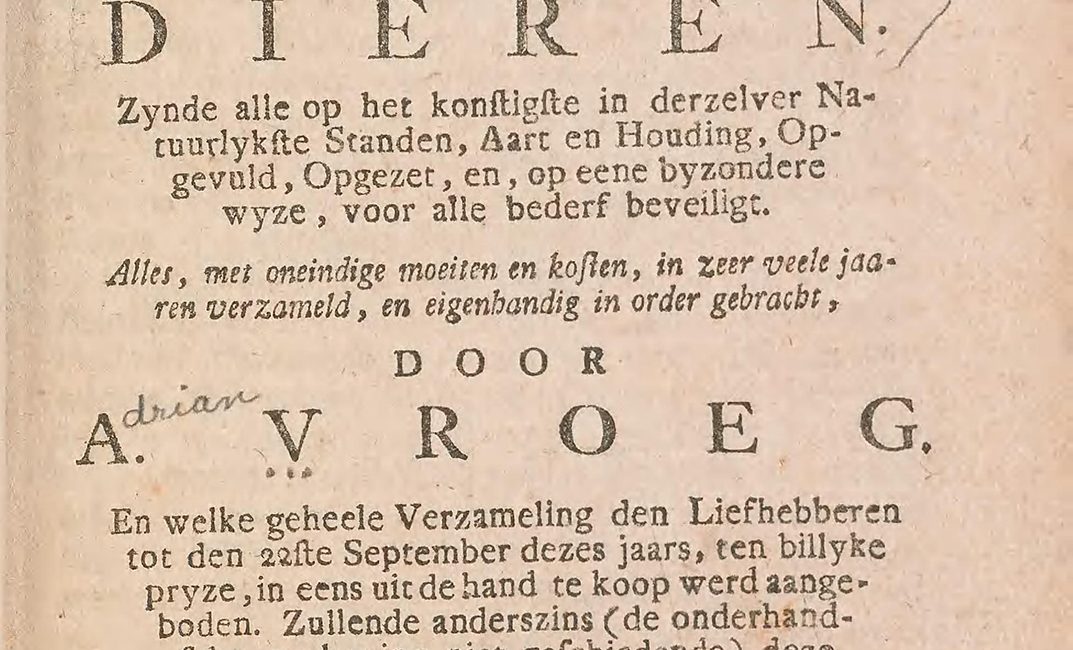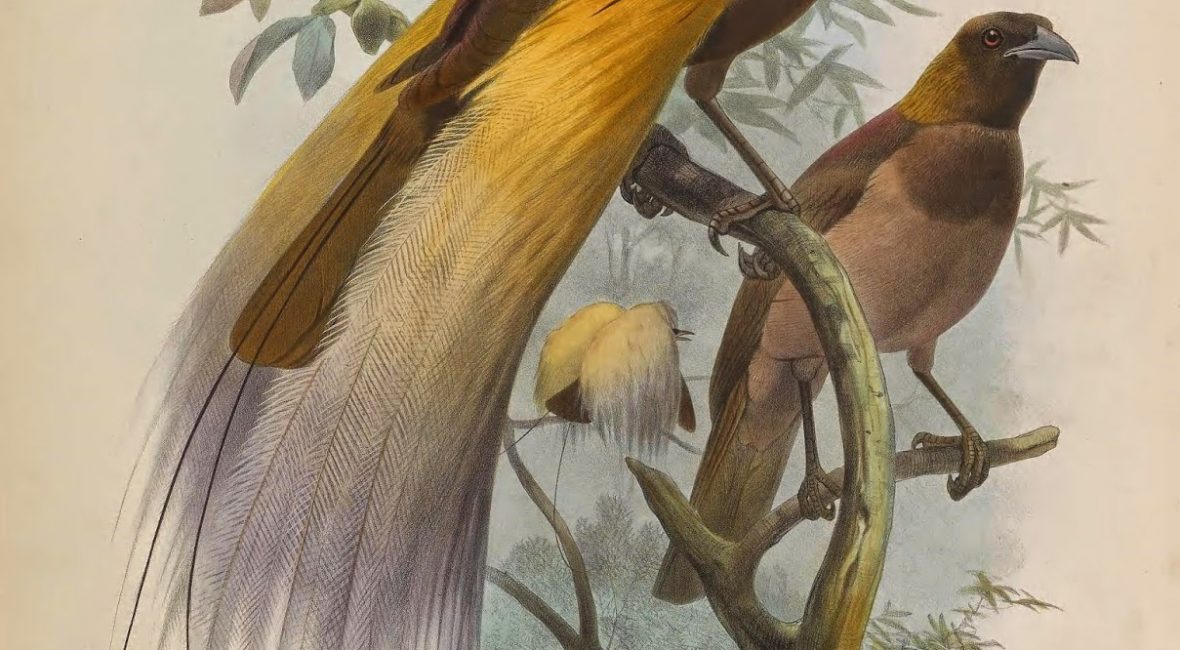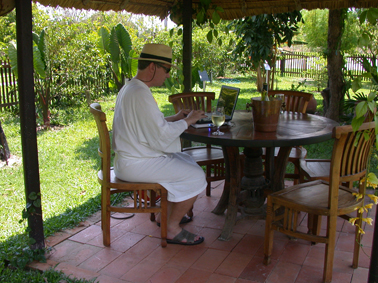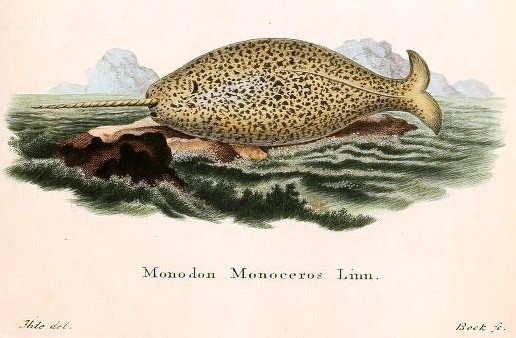Not many birds bedazzle as thoroughly as the adult male Painted Bunting. No matter how many you’ve seen or how often, every one remains a source of startlement, whether it is emerging shyly from a Florida thicket, swaying on a heavy grass halm in the deserts of Arizona, or chewing steadily at a feeder in snowy Massachusetts. This, the most gaudily colored bird north of Mexico, is guaranteed to create a stir.
That stir was even greater three hundred years ago, when European natural historians first confronted this novel beauty. So colorful was the bird that the first scientists to describe it believed that it must be native to regions even more exotic than America. Eleazar Albin, in the notes accompanying his or his daughter Elizabeth Albin’s 1737 engraving of the species, reported that the bird had been brought to England from China for the pleasure “of a curious Gentleman” (Albin 1738). A dozen years on, Linnaeus, having failed to find the bird described or depicted in the handbooks available to him, diagnosed it as a new species, which he inscrutably named Emberiza ciris, and determined that with so brightly colored a plumage, the specimens could have come only from India (Linnaeus 1750).
With the benefit of nearly three centuries’ hindsight, such wild geographic speculation was strictly speaking unnecessary. As early as the 1720s, the natural historian Mark Catesby had seen, drawn, and described the Painted Bunting in southeastern North America, an account that he published in London in 1729 (Catesby 1729).













